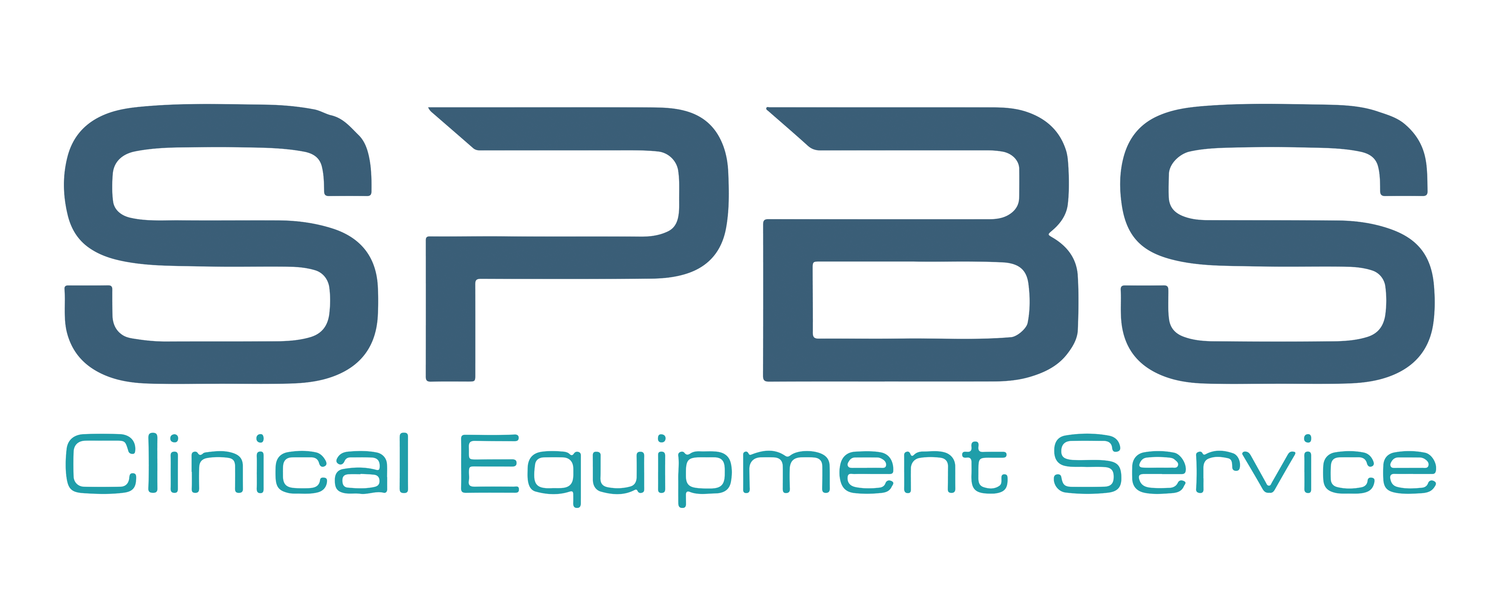Hurricane Harvey made landfall in Southeast Texas on Friday, August 25th. Despite preparations from its residents, local businesses, and medical facilities, more than 51 inches of rain fell upon the area and left a wake of destruction and devastation from flooding and strong winds. The storm has displaced over 30,000 people, resulted in over 10,000 rescues and inundated tens of thousands of homes.
Here at SPBS the impact reached a personal level, as one of our local branches and its six employees in Houston were not immune to the effects of Harvey.
As the rainfall has subsided, and Texans are preparing for the water to recede and to survey of damage and restorations to come, the realization of the damages; the process and the cost, is beginning to settle in for many, including medical facilities. While many news reports have been released on precautions taken at the major hospitals in the area that have safeguarded patient care areas, there are many smaller facilities that are facing significant flood damages. Reports estimate that some facilities could be looking at one month or longer before reopening.
The impacts of flooding on medical facilities and their reopening is subjected to guidelines from the CDC. According to their website, there are a number of processes of remediation and restoration that must occur before reopening a facility:
“Building structures, equipment, and supplies may be heavily contaminated with microorganisms such as mold, mold spores, and bacteria. Before reopening, hospitals must be evaluated to determine: 1) if the facility is damaged beyond repair and must be condemned; or 2) if the extent of the damage is such that the facility may be restored, repaired, and reopened.”
All medical facilities that have been determined as safe to enter should have all medical devices and equipment inspected and tested to determine what, if any, damages have occurred from water damage, electrical shortages, bacteria, etc. before either placing the equipment back into operation or determining to be unsalvageable. Medical equipment repairs after flooding must go through an extensive vetting process. Hospitals, medical facilities, and their administrators will have a large amount of work in front of them to get back to normal operations. In addition to the enormous influx of patients seeking medical attention from the storm and their previous patients that have been rescheduled before the hurricane hit, administrators will be struggling to get their equipment back up and running as quickly as possible.
Preparation prior to a natural disaster can only take you so far, it’s imperative that you also deploy a Plan B for your restorations. Administrators should consider enlisting assistance from OEMs, their in-house biomedical staff, and ISOs to get their patients back into care as quickly as possible after the storm.

